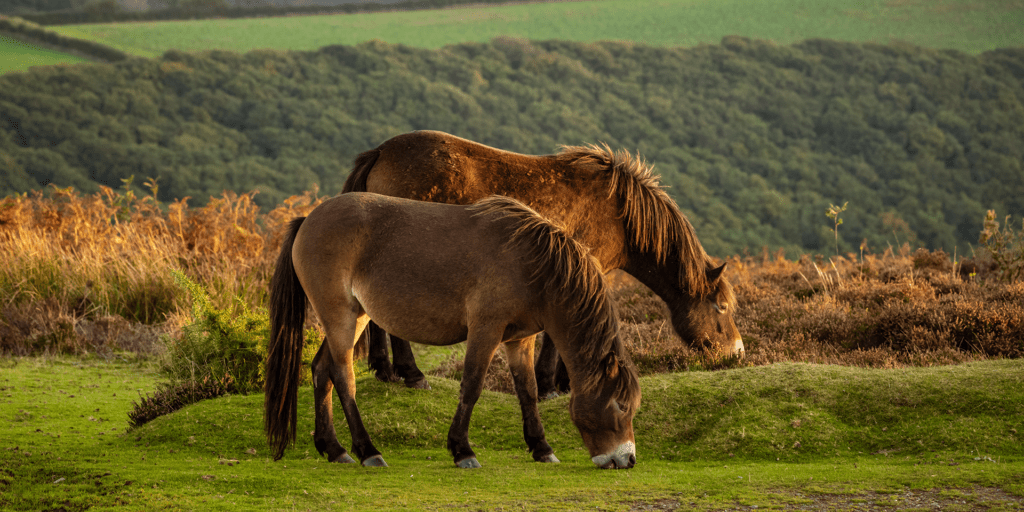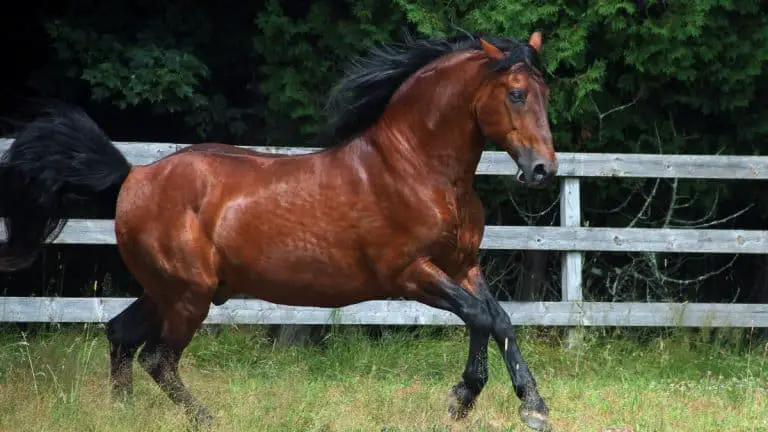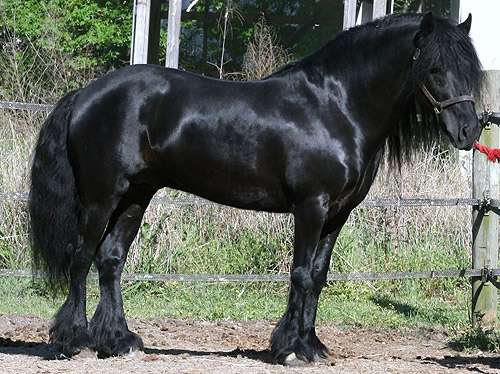
Size
1.12–1.23 meters.
Physical Attributes
Exmoor ponies have short, powerful legs, a large neck, a deep chest, and a broad back. They are powerful stocky animals. They have big eyes and a broad forehead. Exmoors are known for their fortitude, toughness, and strength.
Colors
Brown, dark bay, or dun, typically with unique pangaré markings on the flanks, underbelly, and around the eyes. No white markings are allowed.
Characteristics and Genetics
Another very ancient native English breed is the Exmoor, which makes its first appearance in the Domesday Book. They were formerly employed for agricultural labor and as pit ponies. Due to ponies being taken for the wartime meat market and some being used by soldiers as target practice, the breed almost went extinct during the Second World War. After the war, a small group of breeders attempted to preserve the Exmoor, and in the 1950s, limited-scale exports of ponies to Canada and continental Europe started. After the release of the first stud book in 1963, enrollment gradually increased. Publicity about the breeding population’s danger in 1981 stoked enthusiasm in the need to preserve the Exmoor pony, and its numerical recovery (total population size) picked up speed.
Because of their power and endurance, they are now increasingly frequently used for sports, especially displaying, long-distance riding, driving, and agility.
They are also particularly helpful for conservation grazing, which helps manage a number of England’s natural pasture environments.

Temperament
The Exmoor pony is perceptive, wise, and sympathetic.
Uses
Before the advent of agricultural mechanization, hill farming was the main use of Exmoor ponies that had been separated from the moorland herds, domesticated, and taught. The work that was done included harrowing and plowing, shepherding, and moving feed. They served as modes of transportation for the people of Exmoor, being both ridden and driven. Some, possibly a small number, were sold away from the moor to labor in harness elsewhere as pit ponies.
Since these previous functions have gone, extra moorland-bred foals and ponies that have been domesticated (on farms, studs, etc.) are utilized for a range of recreational pursuits, such as agility, driving, long-distance riding, and displaying. Exmoor ponies also won both divisions at the 2011 International Horse Agility Championships and a third championship at the 2012 Championships. The breed is suited for conservation grazing due to its hardiness, dentition, and diversified diet, and it helps maintain several heathland, chalk grassland, and other natural pasture ecosystems in addition to assisting in the preservation of Exmoor.
Lifespan
Their lifespan is 27.5 years.
Comparable Breeds
Welsh pony and Dartmoor pony are comparable breeds.
Table





